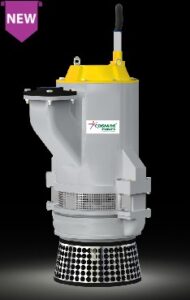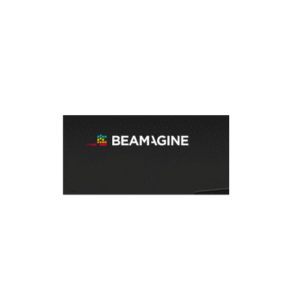Pectin is vital in food and beverage formulation, especially for products requiring thickening, gelling, or stabilizing. Low Methoxyl Pectin and High Methoxyl Pectin are the most commonly used among the various types. Xiamen Xiangquan Biotechnology Co., Ltd. provides both forms as part of its natural, clean-label ingredient offerings. These pectin types, extracted from citrus and apple peels, are classified as E440 and meet Kosher, Halal, and GMO-free standards.
This article explains the functional differences, ideal applications, and selection criteria for Low and High Methoxyl Pectin.
What Sets Low Methoxyl Pectin and High Methoxyl Pectin Apart?
The difference between Low Methoxyl (LM) and High Methoxyl (HM) pectin lies in their degree of esterification, which impacts their gelling mechanism and application.
- High Methoxyl Pectin (HM Pectin) contains more than 50% esterified galacturonic acid groups. It requires both sugar and acid to form a gel.
- Low Methoxyl Pectin (LM Pectin) contains less than 50% esterification and forms gels with calcium ions, making it suitable for low-sugar or sugar-free products.
Key Applications and Usage in Food & Beverage Formulation
Xiamen Xiangquan Biotechnology provides both LM and HM pectin for use across multiple food sectors. Each type performs differently depending on product type and processing needs.
High Methoxyl Pectin (HM Pectin) – Best for High-Sugar and Acidic Formulations
HM Pectin is ideal for traditional jams and jellies, as well as confectionery and bakery fillings with high sugar and low pH.
Key applications:
- Fruit jams and preserves
- Jelly candies and chewy confectionery
- Yogurt fruit layers
- Glazes and bakery toppings
Low Methoxyl Pectin (LM Pectin) – Suitable for Low-Sugar or Calcium-Rich Products
LM Pectin is the better choice for health-focused or reduced-sugar applications due to its ability to form gels without relying on sugar.
Key uses:
- Low-sugar or sugar-free jams
- Dairy gels and plant-based desserts
- Calcium-fortified beverages
- Nutritional supplements and fruit preparations
Functional Advantages and Formulation Tips
Here’s a quick comparison of the two based on functional performance:
High Methoxyl Pectin
- Requires sugar (55% or more) and acid (pH 2.8–3.5) to gel
- Sets quickly, ideal for high-speed production lines
- Suitable for traditional applications with high sweetness
Low Methoxyl Pectin
- Gels in the presence of calcium ions, independent of sugar
- Offers heat-reversible gels with good stability
- Works well for reduced-calorie and functional foods
Why Choose Xiamen Xiangquan Biotechnology for Your Pectin Needs?
Xiamen Xiangquan Biotechnology stands out for its clean-label, high-quality pectin solutions backed by technical support and flexible production capabilities.
You can rely on the company for:
- Certified quality: E440 grade, Halal, Kosher, GMO-free
- Natural Sourcing: Derived from citrus and apple peels
- Technical assistance: Custom formulations and online support
- Wide industry coverage: From jams and dairy to pet food and pharmaceuticals
Their pectin is designed to meet diverse textural and processing requirements, whether developing a rich fruit spread or a low-sugar gelled dessert.
Selecting the Right Pectin for Your Product
Choosing between Low Methoxyl Pectin and High Methoxyl Pectin depends on your end-use and formulation goals:
Use High Methoxyl Pectin when:
- The product is high in sugar
- A fast-setting gel is needed
- pH is low and consistent
Use Low Methoxyl Pectin when:
- A low-sugar or no-sugar product is required
- Calcium levels are available or can be added
- Thermal stability and flexibility are important
For food manufacturers seeking functional, clean-label solutions, Xiamen Xiangquan Biotechnology offers Low Methoxyl Pectin and High Methoxyl Pectin tailored for today’s diverse market demands. Visit xiangquanpectin.com or contact info@xiangquanpectin.com for technical guidance and product details.







